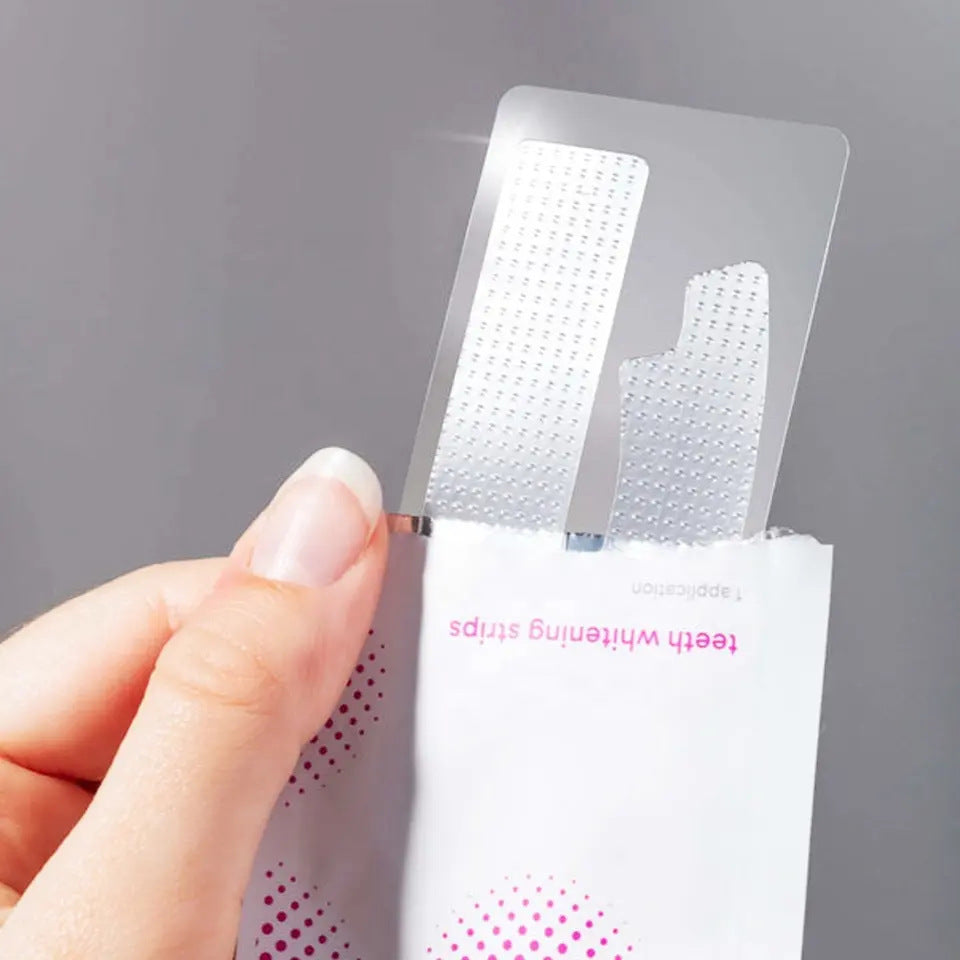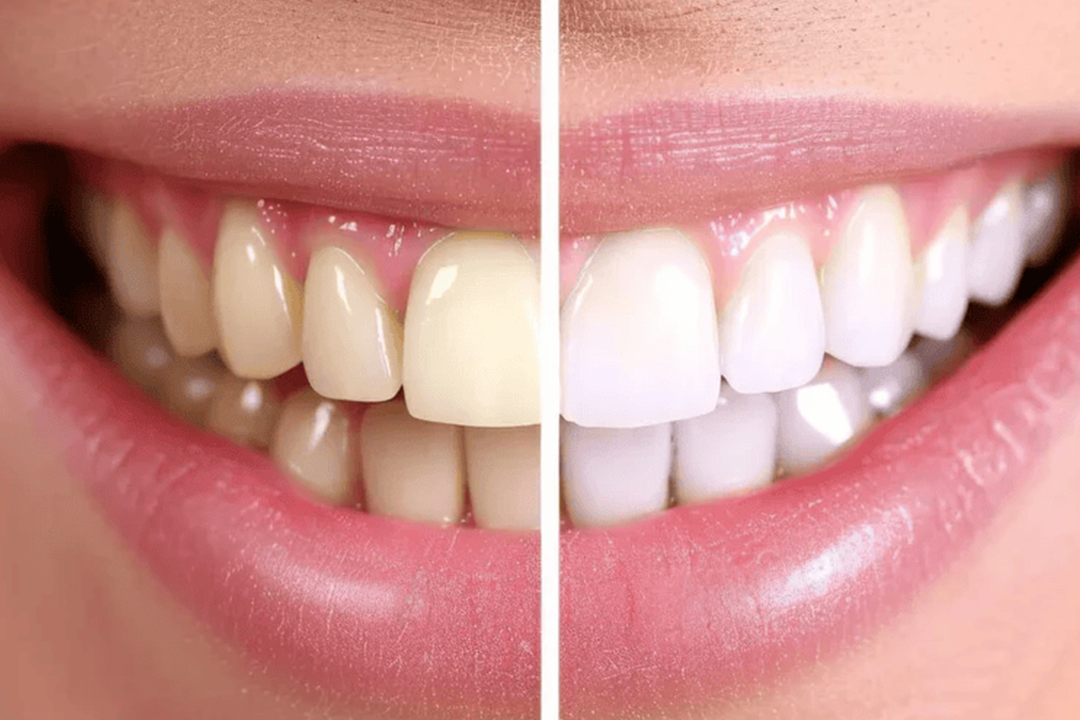Teeth whitening has undergone tremendous development in recent years, with consumers increasingly seeking safer, more effective, and easier options. One of the latest innovations is PAP teeth whitening, powered by Phthalimidoperoxycaproic acid, which is rapidly gaining popularity as a gentle yet powerful alternative to traditional peroxide-based treatments. Whether you are new to teeth whitening or looking for a safer product for sensitive teeth – this comprehensive guide explains everything you need to know about PAP: how it works, safety, benefits, comparison with peroxide, and why it currently dominates the home whitening product market.
What is PAP Teeth Whitening?
PAP (abbreviation of Phthalimido Peroxy Caproic acid) is a synthetic organic compound used as an active ingredient in modern teeth whitening products. Unlike traditional bleaching agents such as hydrogen peroxide or carbamide peroxide, PAP does not produce harmful free radicals that can damage enamel or irritate the soft tissues in the mouth.
Instead, PAP mildly oxidizes the molecules responsible for tooth discoloration without damaging the structure of the tooth enamel. Thanks to the neutral pH value, the bleaching process remains non-acidic, making it significantly safer and more comfortable for regular use.
Is PAP Safe for Teeth?
Yes, PAP teeth whitening is safe when used correctly and is especially beneficial for people with sensitive teeth or a history of enamel issues. Unlike hydrogen peroxide, PAP does not break down the organic matrix of the tooth enamel. Instead, it selectively targets and dissolves staining compounds while keeping the tooth structure completely intact.
Why PAP is considered safe:
- Non-toxic and free from harsh chemicals
- No enamel erosion thanks to the non-acidic composition
- Less gum irritation and soft tissue sensitivity
- Clinically tested for long-term safety
Compared to peroxide-based whitening products, which can lead to demineralization, increased sensitivity, and inflamed gums, PAP offers a safer and non-invasive alternative for long-term teeth whitening.
PAP vs. Traditional Bleaching Agents
Traditional Whitening: Hydrogen Peroxide & Carbamide Peroxide
These ingredients have been industry standards for decades. Although effective, their mechanism works by releasing free radicals, which can lead to:
- Weakening of the tooth enamel
- Sensitive teeth
- Gum irritation
- Drying out of the teeth (causing a temporary chalky appearance)
PAP Whitening: A Modern and Safer Alternative
PAP teeth whitening fundamentally differs in the way it removes stains. It targets chromogenic molecules that cause discoloration without damaging the tooth. Studies show that PAP is just as effective as peroxide in terms of whitening results, but without the uncomfortable side effects.
If you have ever stopped bleaching treatments due to pain or a tingling sensation, then PAP is probably the solution you have been waiting for.
What Are PAP Whitening Strips?
PAP whitening strips are one of the most popular and accessible ways to benefit from this innovative bleaching agent. They are flexible, thin strips coated with a PAP-based whitening gel that adhere to the surface of your teeth. They work by gradually allowing the active ingredient to penetrate superficial stains and deeper discolorations.
Unlike peroxide-based strips, PAP whitening strips do not cause sensitivity or gum burning. They are suitable for:
- People with sensitive teeth
- Daily users who want to maintain a white smile
- Beginners who prefer a milder option
At GlowSmile, we offer premium PAP Teeth Whitening Strips that combine effectiveness, safety, and ease of use. Our strips are clinically tested, vegan-friendly, and designed for visible results within just a few days.
Are PAP Whitening Strips Safe?
Yes, PAP whitening strips are safe for regular and long-term use. They are designed to provide consistent whitening results without compromising your enamel's integrity or causing oral discomfort.
Key Safety Features:
- Neutral pH formula that preserves tooth mineralization
- No oxidative stress from harmful radicals
- Safe for soft tissues such as gums and the inside of the cheeks
- Non-abrasive, so no scratches or wear on the tooth surface
They are ideal for people who want to whiten their teeth regularly or over a longer period without the risk of damage to teeth or gums.
Benefits of PAP Teeth Whitening
This is why more and more people are switching to PAP teeth whitening:
-
Safe for Tooth Enamel
PAP does not damage the enamel or cause mineral loss. The formula is developed to preserve the structural integrity of your teeth while gently removing stains.
-
Reduced Sensitivity
No sharp pain or discomfort after the treatment. Thanks to its non-invasive action, PAP is ideal for people who have experienced sensitivity issues with peroxide-based treatments.
-
Effective Stain Removal
PAP targets and breaks down both superficial stains (from coffee, tea, wine, tobacco) and deep discolorations, resulting in visibly whiter teeth within a few days.
-
Ease of use
With easy-to-use strips that require less than 30 minutes a day, you can whiten your teeth anytime and anywhere – no dentist visit needed. -
Gentle but Powerful
You get clinical-quality whitening power without harsh chemicals. It is a mild yet effective treatment for daily use.
Frequently Asked Questions
Is PAP Teeth Whitening as Effective as Peroxide?
Yes. Various clinical studies and user tests confirm that PAP offers whitening results comparable to hydrogen peroxide. The main advantage is the lower risk of sensitivity and irritation, making it a more pleasant and sustainable option.
How Quickly Will I See Results?
Most users see visible improvements within 3 to 5 uses. Full results are usually noticeable after 7–14 days of consistent use.
Is PAP Whitening Suitable for Sensitive Teeth?
Absolutely. PAP's non-invasive formula makes it the best choice for people with sensitive teeth. There are no harsh chemical reactions, no nerve irritation, and no drying ingredients.
Can I Use PAP Whitening if I Have Crowns or Veneers?
Yes, PAP is safe for dental restorations such as crowns, veneers, and composite fillings. However, note that it does not change the color of these materials – it only works on natural tooth enamel. This can lead to slight color differences if your restorations are significantly darker or lighter than your own teeth.
PAP vs. Other Whitening Ingredients
There are several alternative teeth whitening methods on the market, including:
- Activated charcoal – abrasive and potentially harmful to tooth enamel
- Baking soda – mild but often ineffective against deep stains
- Blue light kits – usually require peroxide-based gels, which increase the risk of sensitivity
PAP whitening stands out by combining effectiveness, safety, and ease of use – it offers professional-quality whitening results without pain or side effects.
Conclusion: The Future of Teeth Whitening?
As consumer demand for safe, effective, and pain-free whitening solutions increases, PAP teeth whitening is quickly becoming the preferred method. With clinical-level results and no harsh side effects, it represents a revolutionary step forward in oral care.
Whether you want to refresh your smile for a special occasion or maintain white teeth all year round – PAP whitening strips are a smart and modern choice.









Leave a comment
This site is protected by hCaptcha and the hCaptcha Privacy Policy and Terms of Service apply.